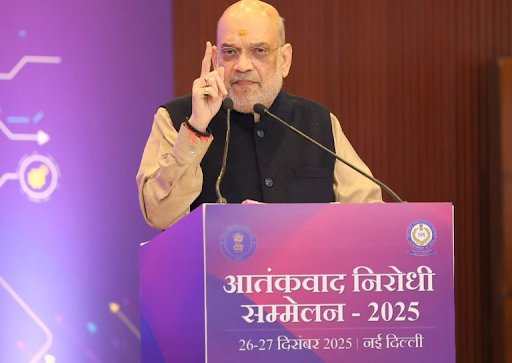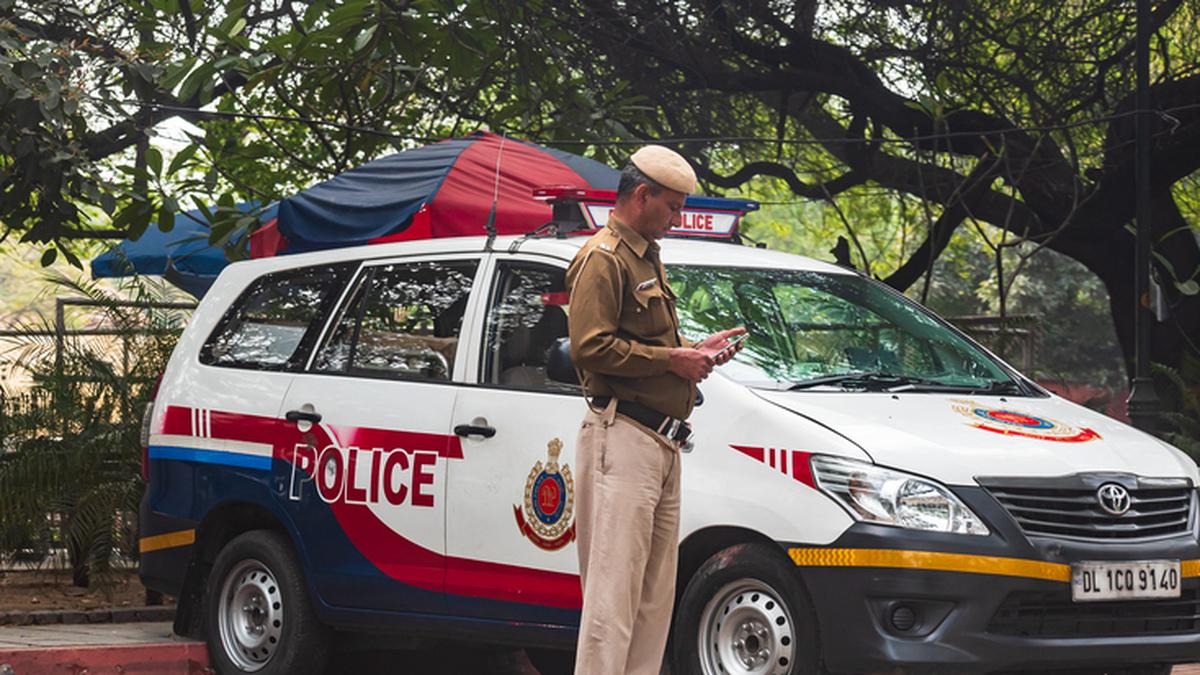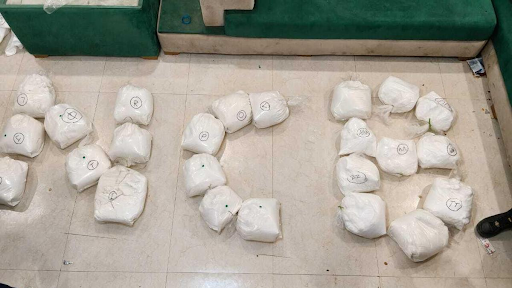Description
Source: Indianexpress
Disclaimer: Copyright infringement not intended.
Context:
- In India, harmful content like violence and obscenity on social media and OTT platforms is becoming a big concern.
- The government is considering whether a new law is needed to regulate these platforms.
- After cases like the Ranveer Allahbadia YouTube case, there is a clear need to balance free speech with protecting public decency.
- The Union Ministry of Information and Broadcasting (I&B) is aware of the problem.
What is The YouTube Obscenity Case (February 2025)?
- A comment made during a popular YouTube show caused public outrage and legal action in Maharashtra and Assam.
- The Supreme Court intervened and gave protection to those involved but criticized the comment.
- The National Commission for Women (NCW) also took action, highlighting the ongoing issue of obscenity in digital content.
What is Obscenity?
Obscenity refers to content that is considered offensive or morally unacceptable by most people, especially when it involves sex or crude behavior. It includes material that shocks or offends the public.

What are the Existing Legal laws in India ?
India already has some laws for controlling harmful content, but they may not be enough for the growing digital media. These include:
- Intermediary Guidelines and Digital Media Ethics Code (IT Rules, 2021): These rules require digital platforms to self-regulate and classify content, but their effectiveness has been questioned.
- Indecent Representation of Women (Prohibition) Act, 1986: Bans the obscene depiction of women.
- Protection of Children from Sexual Offences (POCSO) Act: Protects children from harmful content.
- Bharatiya Nyaya Sanhita (BNS), 2023: Section 294 makes it illegal to sell or display obscene material, including digital content. Offenders can face up to 2 years in prison or a fine.
- Section 67 of the IT Act, 2000: Deals with online obscenity and carries penalties like 3 years in prison and a fine of up to Rs. 5 lakh for first-time offenders. The I&B Ministry has also asked social media and OTT platforms to classify content by age and prevent harmful material from being shared.
Government Response
- The government is looking into changes in laws.
- The Standing Committee on Communications and Information Technology has asked for clarity on how laws can be updated.
- The Ministry of Electronics and Information Technology (MeitY) is considering changes to the IT Act, 2000.
Challenges in Regulation:
- A big challenge is the lack of clear rules for regulating platforms like social media and OTT services. The IT Rules, 2021, have set up a 3-level process for complaints:
-
- Level 1: Self-regulation by the platform.
- Level 2: Industry-wide self-regulation.
- Level 3: Government oversight.
- However, these rules have faced legal issues in courts. Courts in Bombay, Madras, and Kerala have delayed or blocked the rules.
- Over 15 petitions have been filed, and the Supreme Court has sent all cases to the Delhi High Court for a single hearing.
Role of YouTube and Social Media
- YouTube follows the IT Rules but is not fully responsible for the content uploaded by users unless it violates government rules.
- Platforms like YouTube have limited responsibility for what users post, making it hard to control harmful content.
Evolution of Obscenity Laws
- Hicklin Test (1868): This UK test judged obscenity based on harm to vulnerable people. It was used in India in the Ranjit D. Udeshi case (1964) to ban Lady Chatterley’s Lover.
- Roth Test: In the US, the test changed to use the "average person" standard based on community norms.
- Indian Shift (2014): In the Aveek Sarkar v. State of West Bengal case, the Indian Supreme Court moved to using the "community standards" test, focusing on how material affects society.
Relation between Freedom of Expression and Obscenity
- Article 19 of the Indian Constitution protects freedom of speech, but this right can be limited for reasons like decency and morality.
- Content that violates public decency can be punished.
- Public figures like Urfi Javed (2023) and Ranveer Singh (2022) have faced legal action for obscene content. It shows the ongoing tension between free speech and public decency.
Source :
Indianexpress
|
PRACTICE QUESTION
Q.Examine the challenges and limitations of regulating digital content in India. Discuss the existing legal framework and the government's response to growing concerns about harmful content on social media and OTT platforms. 15 Marks.
|










